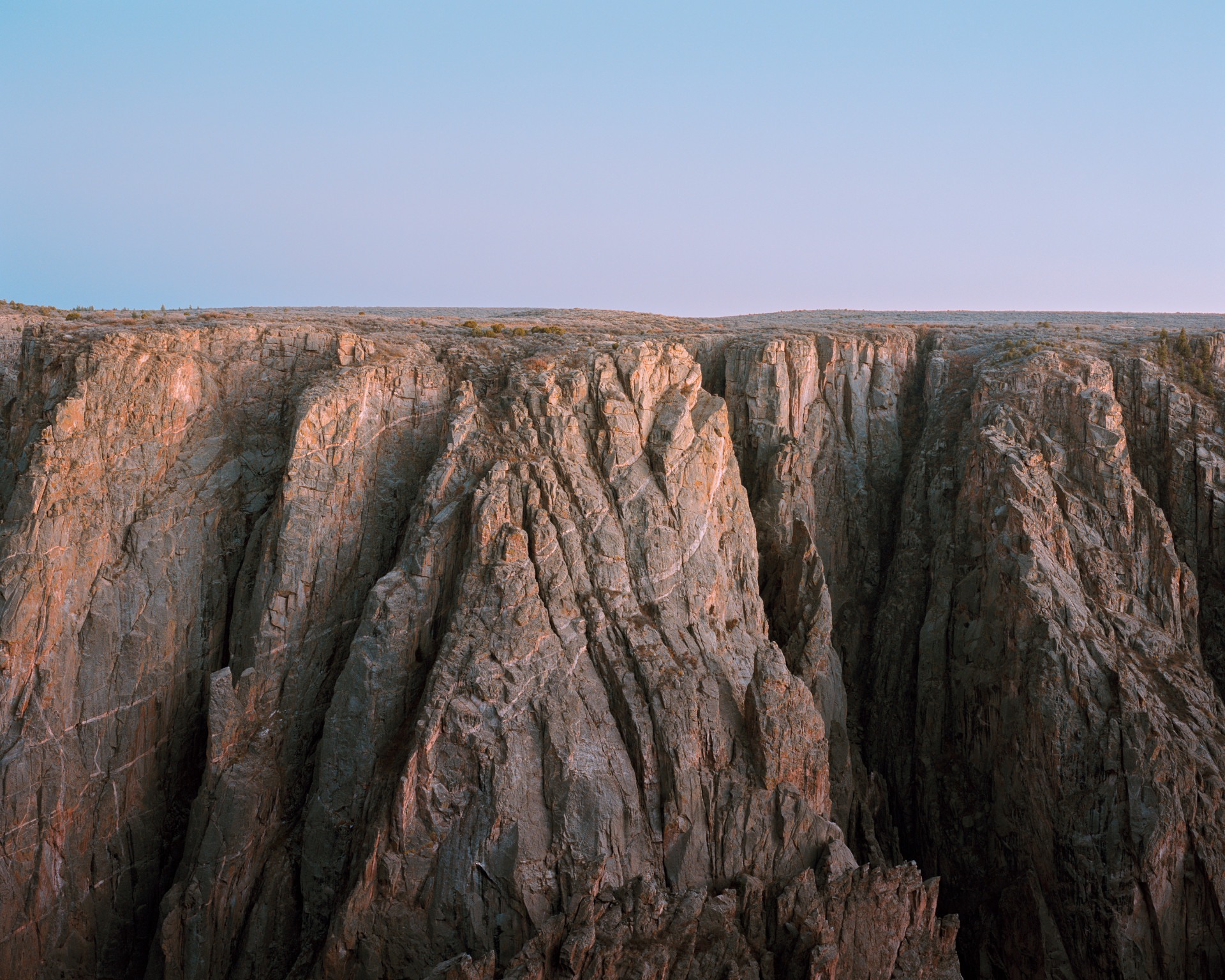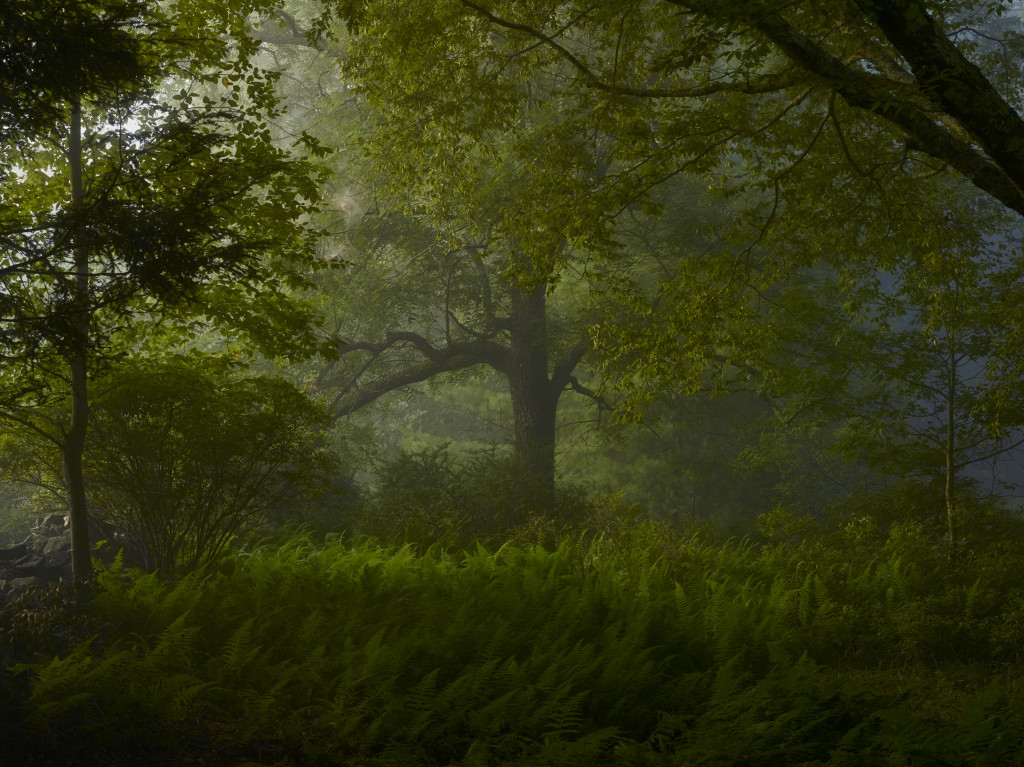Qinwen Wang
The web3 investor and collector believes in the importance of bridging the physical and digital worlds.

How do you stay true to the ideals of decentralization while meeting the needs of a community of artists? In 2021, artists took on the responsibility of marketing their work and building a context for it, and collectors pieced together Clubhouse talks and Discord threads to navigate the scene. Since then, marketplaces have invested more effort in tools to aid those processes, like Nifty Gateway’s Publishers and SuperRare Spaces. These are often described as galleries or record labels for the NFT space, with tastemakers and experts defining communities and setting trends. Last month Foundation introduced Worlds, which allows curators to organize themed selections of artworks, with permission from the artists—or from owners if the work is on the secondary market. It’s a reboot of an online exhibition functionality from the heady days of June 2021, for which influential artists were invited to spotlight sensibilities and scenes they liked. But the new Worlds is fully decentralized, coding curation into the smart contract, in line with Foundation’s web3 values. Kayvon Tehranian, the platform’s founder, spoke to Outland about why these specifications matter, and his perspective on his own collecting activity.
In 2021, I didn’t want to call Foundation a platform. At that point, people were just getting acquainted with web3. In Web 2.0, data is locked into platforms, and I didn’t want people to associate Foundation with that architecture. Foundation has new, different properties.
So what are we? We combine no-code tools with a marketplace in a way that feels seamless. I thought about inventing a new word to describe Foundation but web3 doesn’t need more jargon. These days I say “platform” more often than not, because Foundation gives creators a platform. That’s what a foundation is—it’s something you build on top of.
We launched with fifty creators. Today, there are tens of thousands. As we started to scale, it became apparent that we couldn’t provide the kind of storytelling support and advice to everyone that we had given to the creators who joined first. Over the last two years, we’ve seen the rise of new institutions, publications, collector DAOs, and curator DAOs—new actors who want to participate meaningfully in the space. Meanwhile, the creator base continues to grow. It’s more diverse than ever and it needs more diverse forms of support. We developed Worlds as a response to those needs. How do we get these parties to start collaborating? How can they do that on-chain? The pressures on the platform are an opportunity to innovate—to build new types of smart contracts, new ways for people to work together.
We’ve seen other platforms take on the same challenge. Nifty Gateway introduced Publishers, but it has a different approach—it’s brokering the divide between crypto and fiat. We prioritize on-chain provenance and web3 values of autonomy. For instance, Worlds is designed in a way that ensures creators maintain control of the provenance of their work. That’s a subtle point now, but in my opinion it will come to be seen as a breakthrough. On SuperRare Spaces, by contrast, the curator owns the provenance because they own the contract. I don’t think that’s the right technical decision. It constrains what you can curate, since an artist has to mint to a curator’s contract in order to participate. With Worlds, you can list any NFT you own. But the version of Worlds we shipped last month is just the first version. We want to add features to it. I imagine adding on-chain annotations and groupings over time.

We originally introduced the concept of Worlds as a navigation tool in 2021. We invited creators like Nicolas Sassoon, IX Shells, and Chris Torres to make Worlds, bringing artists together by themes and genres. But that wasn’t a product—our team did everything manually on the backend. The curators weren’t getting compensated for their effort and energy, which didn’t sit right with us. Instead of doing things in some centralized way under the table, we wanted to get all the arrangements into smart contracts, so curators could automatically get paid for their work. It took a while to figure out how to design and build it. Still, that early experiment was incredibly valuable.
We also facilitated exhibitions throughout 2021 that helped us understand the potential of a web3 curation tool. There was “Digital Diaspora” curated by Diana Sinclair, which involved an exhibition at SuperChief Gallery in New York, and “Experimental Models” organized by Nora Khan as an online benefit auction for Topical Cream. Both were wonderful, but each required technical compromises. For instance, Nora used Splits—a product we designed to recognize collaboration. With Splits, every party who contributes to the creation of an art object owns a piece of it, and they all get a cut of the primary sale and royalties. It’s not necessarily the right tool for curation—it doesn’t entirely make sense to pay curators on secondary sales. Curation often happens at a moment in time. Ten years later, the curation might change, and the object itself is what remains relevant. But when we saw Nora succeed with her use of Splits, we knew we were getting closer to a curation solution.
With Worlds, there’s a clean separation between minting and listing. The artist mints, and then chooses to list in a World. The artist is in control at every stage of the process. And the fees associated with the World are transparently registered through the blockchain. If a sale happens, everything is automatically routed to the appropriate wallets—there’s no wrangling payments or negotiations after the fact. It’s empowering, because the rules and boundaries are in place right out of the gate. It also challenges curators to create something compelling. Why would artists put something in a World otherwise? They want the curation to bring in attention and engagement. The design process at Foundation needs to constantly balance the needs of all the participants in the space. To ground this in the concrete, I’ve been admiring the explosion of AI art on Foundation. “Art x Machine” is a World that helped me discover new work in this genre. There were five artists I already knew who had work listed in the World, but I was able to discover numerous other artists alongside them. That was a fun moment for me.
I was very involved in cultivating the early community of creators on Foundation. I personally collected from many of those early artists. But the community has expanded enormously since those days, so my personal collection certainly isn’t a reflection of Foundation as a whole. There are so many genres, geographies, and subcommunities represented on Foundation. My collection certainly represents my own taste, but the platform is there for everyone to express themselves. There’s a thriving anime community, for example, that I’m not particularly active in. But me not participating isn’t an indicator of that community’s validity on Foundation.
I don’t have another life as a multimillion-dollar art collector. That’s never been my MO. I have art in my house and there’s taste that goes into choosing what’s there. But “collector” is a loaded term and I don’t identify with it. New archetypes are being forged in web3. I own almost one hundred NFTs at this point, so in some way I am a collector, but I don’t know what archetype best describes me yet.
Chris Novello’s Zuck’s Minions (2015/2021) is the first NFT I bought. There’s an inherent tension between Web 2.0 and web3, and an interest in that tension certainly attracted me to Chris’s piece. Chris and I have been orbiting each other since I first got into startups in 2015. He teaches a class at RISD called “Computer Utopias,” on design and interfaces. He showed up in Foundation’s Discord on launch day asking the most wonderful questions. He had something to mint, and it resonated. At the time, interacting with the blockchain was still very much an alien experience for most people. I remembered how niche Facebook originally felt when it launched in 2004. There was no way I wasn’t collecting Chris’s portrait of Zuck to commemorate our launch. The allegory was just too strong.
Our team welcomed Gabriel Massan to web3 over a year ago. His work immediately stood out. Now he has a show coming up at the Serpentine Galleries, and he’s getting more recognition. But he was on Foundation before that. Gabriel is a creator on a different plane, pushing forward a totally wild aesthetic. I collected a piece from his “War and Mud” (2021–22) series. I pushed him to move to his own smart contract for this series. His work was that good. It needed that extra guarantee of provenance. In terms of themes in my collection, nature is important to me. Cody Cobb photographed the Black Canyon of the Gunnison, a place where I camped on a cross-country road trip. There’s a profound beauty to that spot, and Cody captured it beautifully. Noah Kalina’s ongoing “Lumberland” series—is there anything that conveys the seasons more powerfully? And as a technologist myself, I admire people who integrate emerging technology into their practice. Helena Sarin’s use of GANs is impressive—I have a piece by her I really like. Torimi Masataka’s glitch art is incredible. I own a few NFTs from Mark Weaver—I love how he incorporates sacred geometry into his work. AI art continues to evolve rapidly, and I’m excited about supporting artists doing interesting work to push this new frontier forward. I’m always looking to the next wave, and how to participate in it.
—As told to Brian Droitcour
